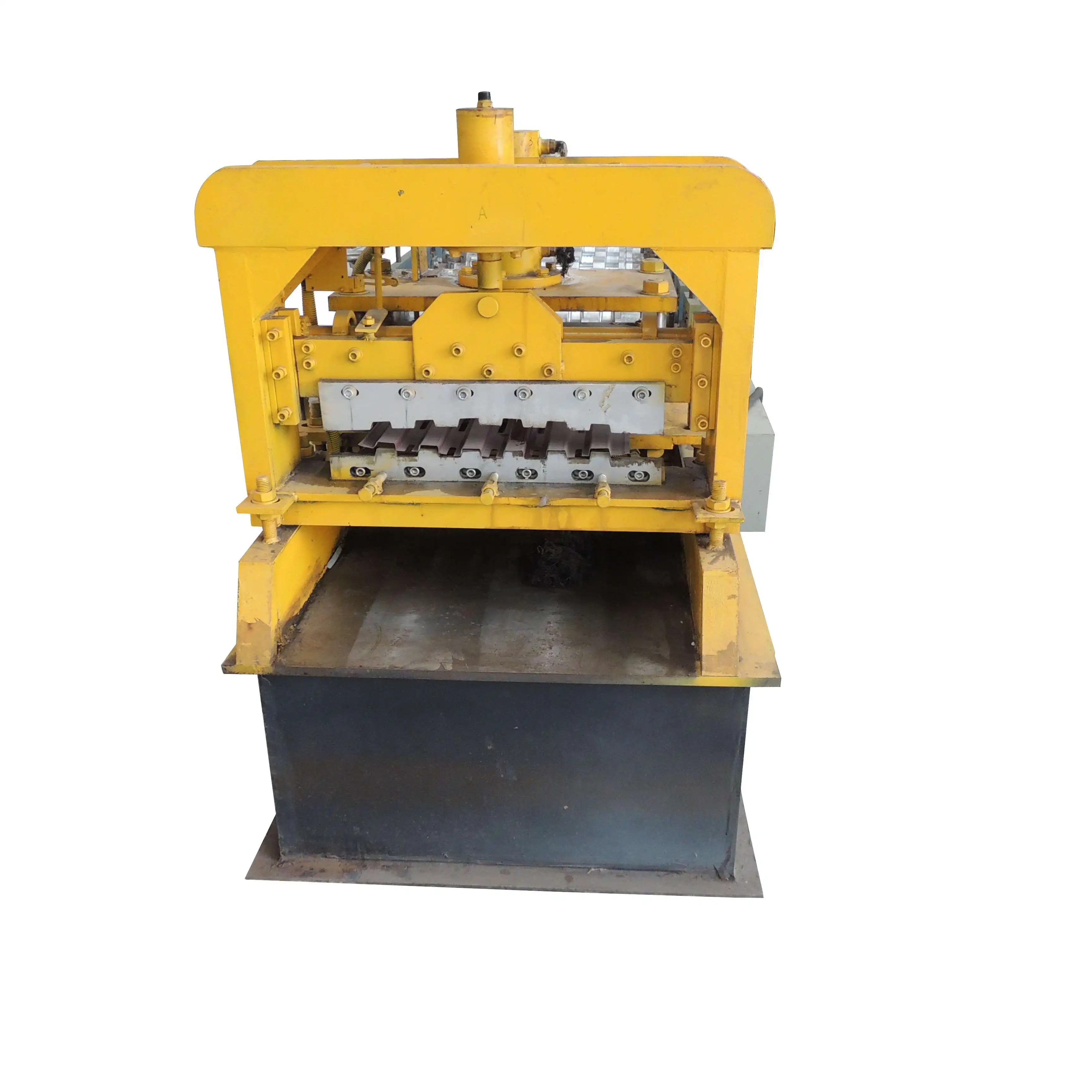Metal Edging for Lawns Installation Tips & Tricks
Metal edging is a good choice when you want to make your lawn look nice. But with so many options to choose from, how can you decide which is best for your lawn?
Here are some types of metal edging materials to consider:
Steel: Steel is tough and it endures. It can support heavy machines and will not rust easily. But steel can be heavy and dicfficult to work with.
Aluminum: This material is lightweight and user-friendly. It won’t rust. But it is likely not steel-strong and if you put something heavy on top, it may curve.
Plastic-coated steel: These offer a nice balance of strength corrugated galvanized metal and ease of use. The steel doesn’t rust beneath the plastic coating, and it’s plenty strong.
Before you choose a material, consider what your lawn’s requirements are, along with your budget. Once you’ve made a selection on the material you’d like, you can prepare your lawn for installation.
Ready Your Yard for Metal Edging Installment
Before you begin laying down metal edging, you have to get your lawn ready. Here are some tips:
Mark your perimeter: Stake and string the area where you want the metal edging. That way, you can practice making it straight as you go.
Clear the space: Remove any rocks, roots or debris from the location where you will install the metal edging. This is just to ensure everything is even.
Dig a trench: Dig a trench with a shovel following the determined metal mesh trench line. The depth of the trench should be the same as the height of the metal edging.
Go ahead and install the metal edging in your prepped lawn. Here’s how to do it the right way.
How to Install Metal Edging, A Step by Step Guide
Lay the edging: Put the metal edging in the trench you dug, ensuring that it is level and straight. Use a rubber mallet to seat it in place.
Attach the pieces: If you have more than one piece of metal edging, attach them together with provided connectors. Just be sure to slide them in securely and line them up.
Anchor the edging: Metal stakes will help to keep the edging in position along the trench. Set your stakes about 2 feet apart to ensure it stays in place.
Replace the trench soil: When the edging is in place, return the soil to the trench. Press the soil firmly against the edging to keep it in place.
Once the metal edging is in, it’s labor intensive to care for it. How to clean it Here are a few tips for maintaining your metal edging.
How do you keep your Metal Edging clean?
Wash it: To prevent buildup and rust, keep metal edging free from dirt, trash or grass by washing it regularly.
Check for damage: Examine the metal edging for dents or rust. Assemble expanded metal lath any broken parts or replace them.
Trim vegetation: One way to prevent the edging from becoming choked by grass or other vegetation is to trim the lawn to the top of the edging, says Gordon.
Maintain your metal edging to keep your lawn beautiful for a lifetime with these tips. You can also employ metal edging to create special effects, if you’re in an experimental mood.
Creative Lawn Edging Ideas Metal Edging Design Ideas for Your Garden If you’re installing plastic or metal lawn edging, you will find placing them at an angle will help you create a more distinctive border.
Curved borders: You could bend flexible metal edging around flower beds or trees to create curves. This makes your lawn look soft and natural.
Geometric designs: Place metal edging in the forms of squares or triangles for a modern look.
Custom shapes: Use metal edging cut into waves or zigzags for a one-of-a-kind look that will get any lawn attention.
Here are a few creative ideas to help you get your lawn edging looking fantastic with metal. Experiment with various materials, layouts and patterns until you find the best look for your lawn.
Comments
Post a Comment